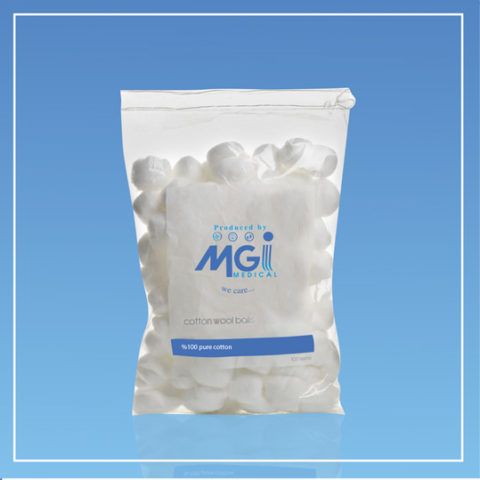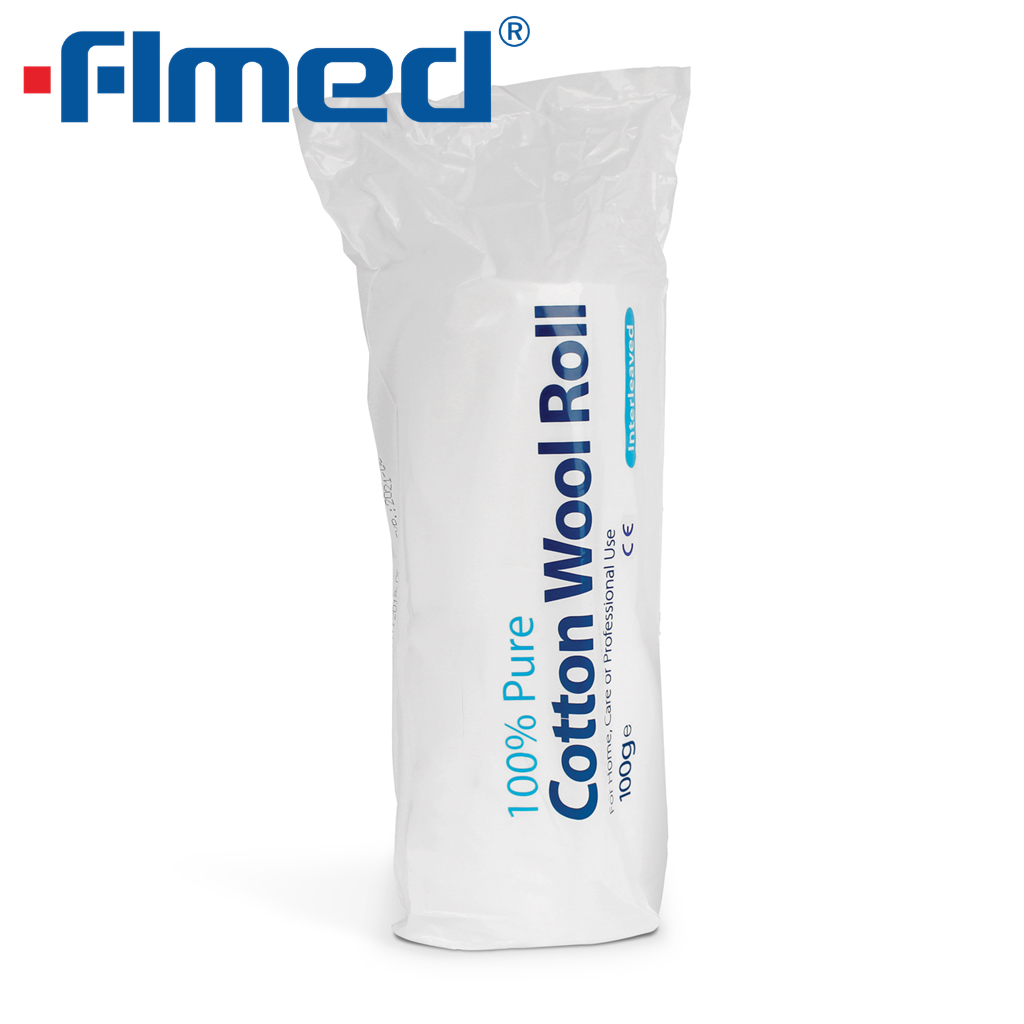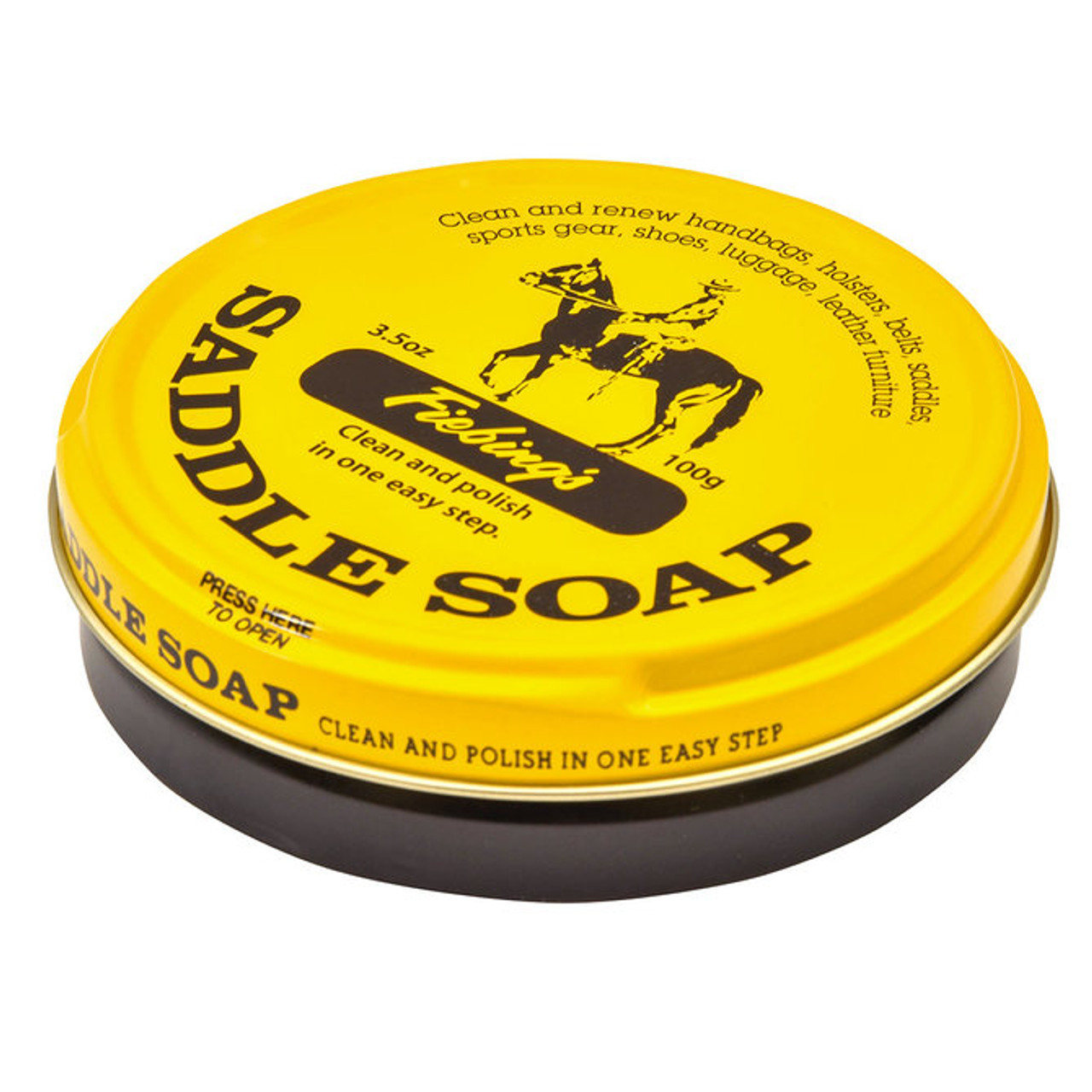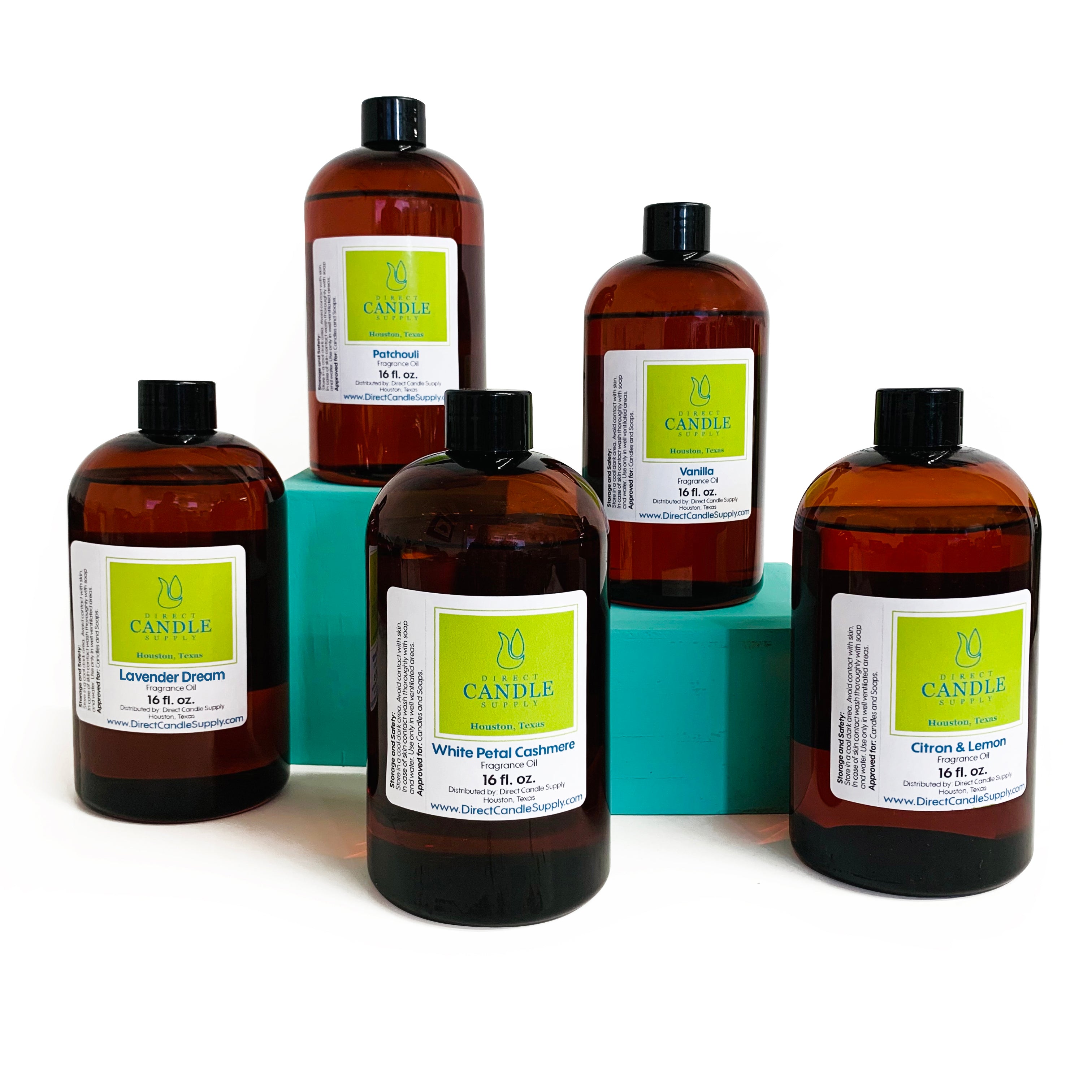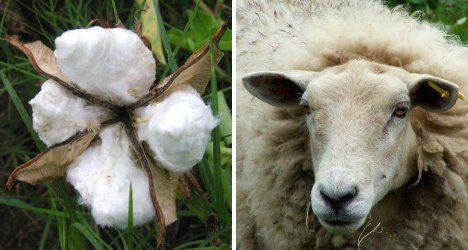
Wool vs. Cotton
The cotton industry has done a great job with their marketing campaign, “The Fabric of Our Lives.” And cotton does have many benefits – it breathes better than synthetic fabrics, it is easy to wash and care for, and it’s soft and absorbent. But it just doesn’t hold a candle to wool. Wool fibers are extremely durable and flexible; they can be bent up to 20,000 times without breaking. In comparison, cotton fibers break after 3,000 bends, silk fibers after 2,000 bends, and rayon fibers after only 75 bends. Because of this natural elasticity, wool clothing and fabrics tend to keep their shape and look new for longer. In the winter, wool keeps you warmer than cotton because wool fibers trap air pockets, helping to insulate you from the cold. At the same time, wool maintains its insulating properties even
The cotton industry has done a great job with their marketing campaign, “The Fabric of Our Lives.” And cotton does have many benefits – it breathes better than synthetic fabrics, it is easy to wash and care for, and it’s soft and absorbent. But it just doesn’t hold a candle to wool.
Wool fibers are extremely durable and flexible; they can be bent up to 20,000 times without breaking. In comparison, cotton fibers break after 3,000 bends, silk fibers after 2,000 bends, and rayon fibers after only 75 bends. Because of this natural elasticity, wool clothing and fabrics tend to keep their shape and look new for longer.
In the winter, wool keeps you warmer than cotton because wool fibers trap air pockets, helping to insulate you from the cold. At the same time, wool maintains its insulating properties even when wet; if you’ve ever had the displeasure of wearing a wet t-shirt or jeans in the cold, you know that wet cotton does not keep you warm!
When it is exposed to damp conditions, wool also has natural wicking properties that pull moisture away from your skin. This makes it ideal for active wear or as a blanket for people who tend to get sweaty; wool fabrics keep you comfortable and dry. This is why companies like Boston-based Tracksmith are producing fitness collections based on wool, the ultimate performance fabric.
Wool is also naturally flame-retardant, whereas cotton has to be chemically treated to make it flame-retardant. Add in wool’s naturally anti-microbial properties that make it odor-resistant, and you have a clear winner.
Don’t believe us? Try this simple test. Wear a pair of cotton socks for a day, and then wear a pair of wool socks for a day. Compare the two. Which one kept your feet more comfortable, whether the weather was warm or cold? Which one smelled worse at the end of the day?
We don’t want to denigrate cotton, but we do believe that consumers should make educated choices based on facts, not a great marketing campaign. Think about it!
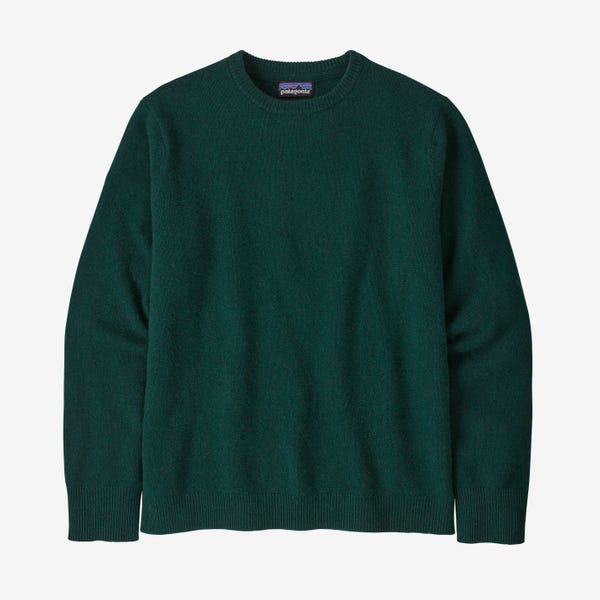
Cotton vs. cashmere vs. wool sweaters: Which is best for you?
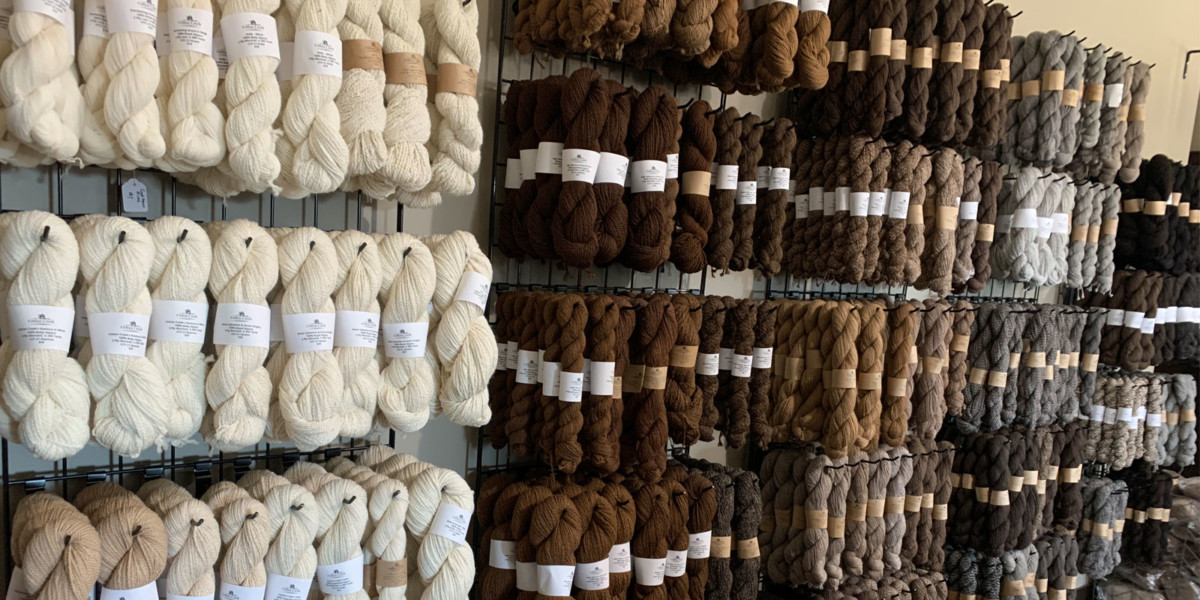
Buying Alpaca Yarn Learn About Yarn Weight Classes, Microns, & Usage

Cotton VS Wool
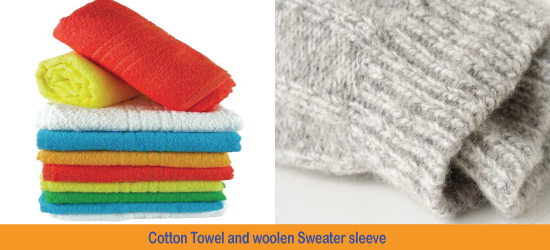
Cotton VS Wool – Which one is more comfortable? - Textile Apex
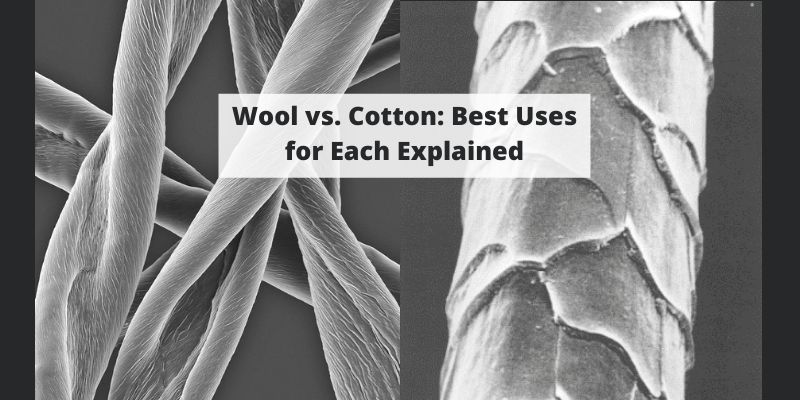
Wool vs. Cotton: Best Uses & Comparison Explained
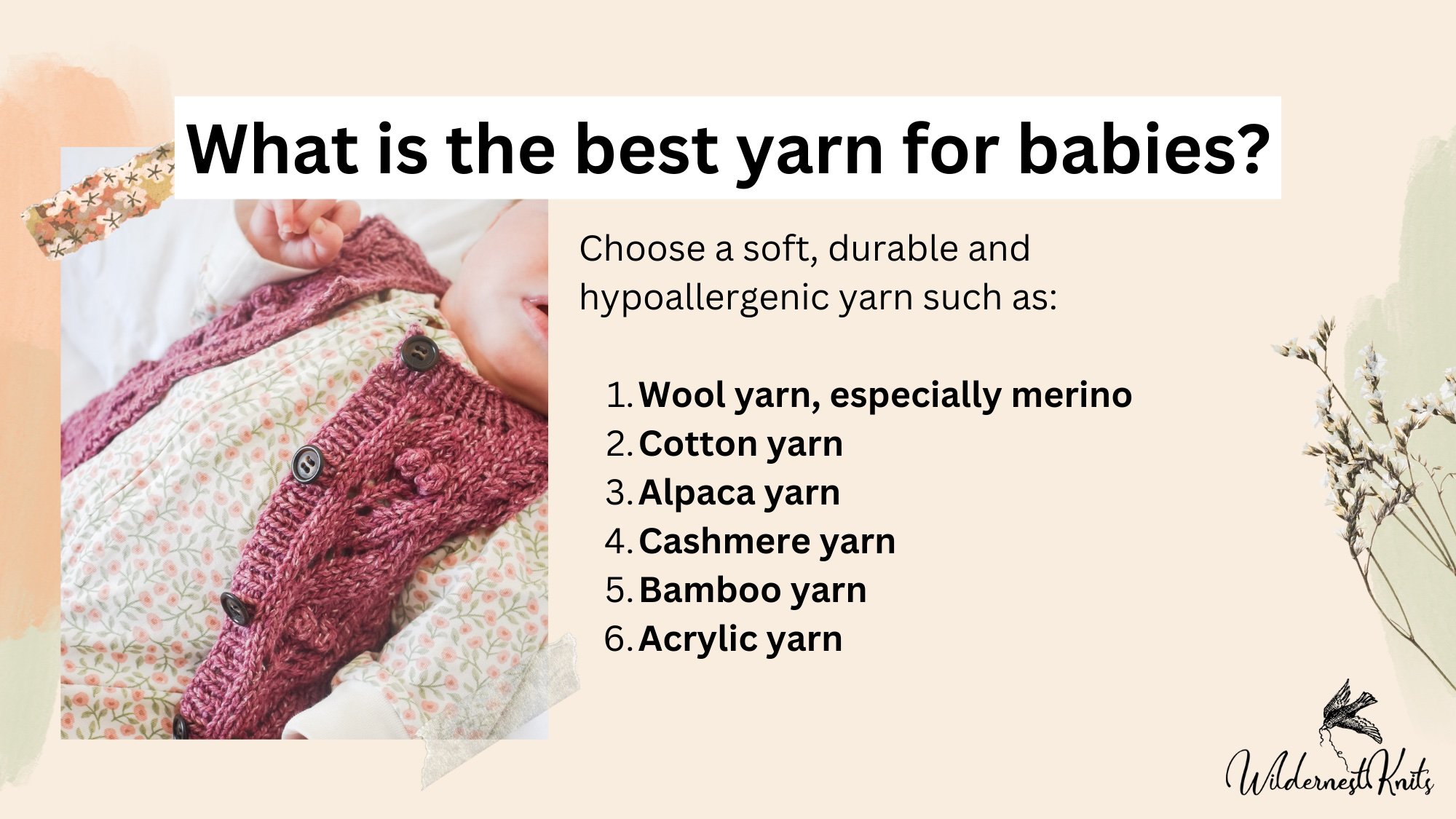
How to Choose the Best Yarn for Babies — WildernestKnits

Ag 101, Facebook

Cotton Vs Wool: Pros and Cons - Where The Road Forks

Yarn Types: Wool vs Cotton vs Acrylic – The 30 Year Old Grandma
:max_bytes(150000):strip_icc()/GettyImages-123526087-c7977b95fac94e2ab569d406fe9a939a.jpg)
Which Is Greener: Wool or Cotton?

Cotton wool - Wikipedia

Knitting with Cotton, a tutorial — Ms. Cleaver - Creations for a Handmade Life
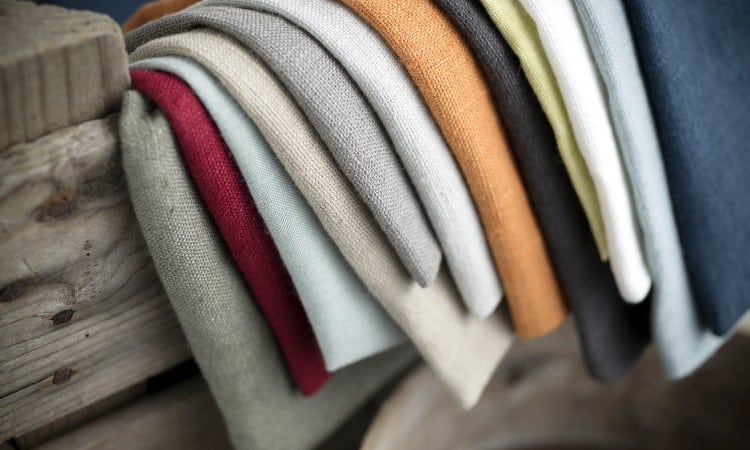
Cotton vs Wool: What Is the Difference?

Cotton vs. Wool: Which Fabric Should You Wear? – Mia Melon



